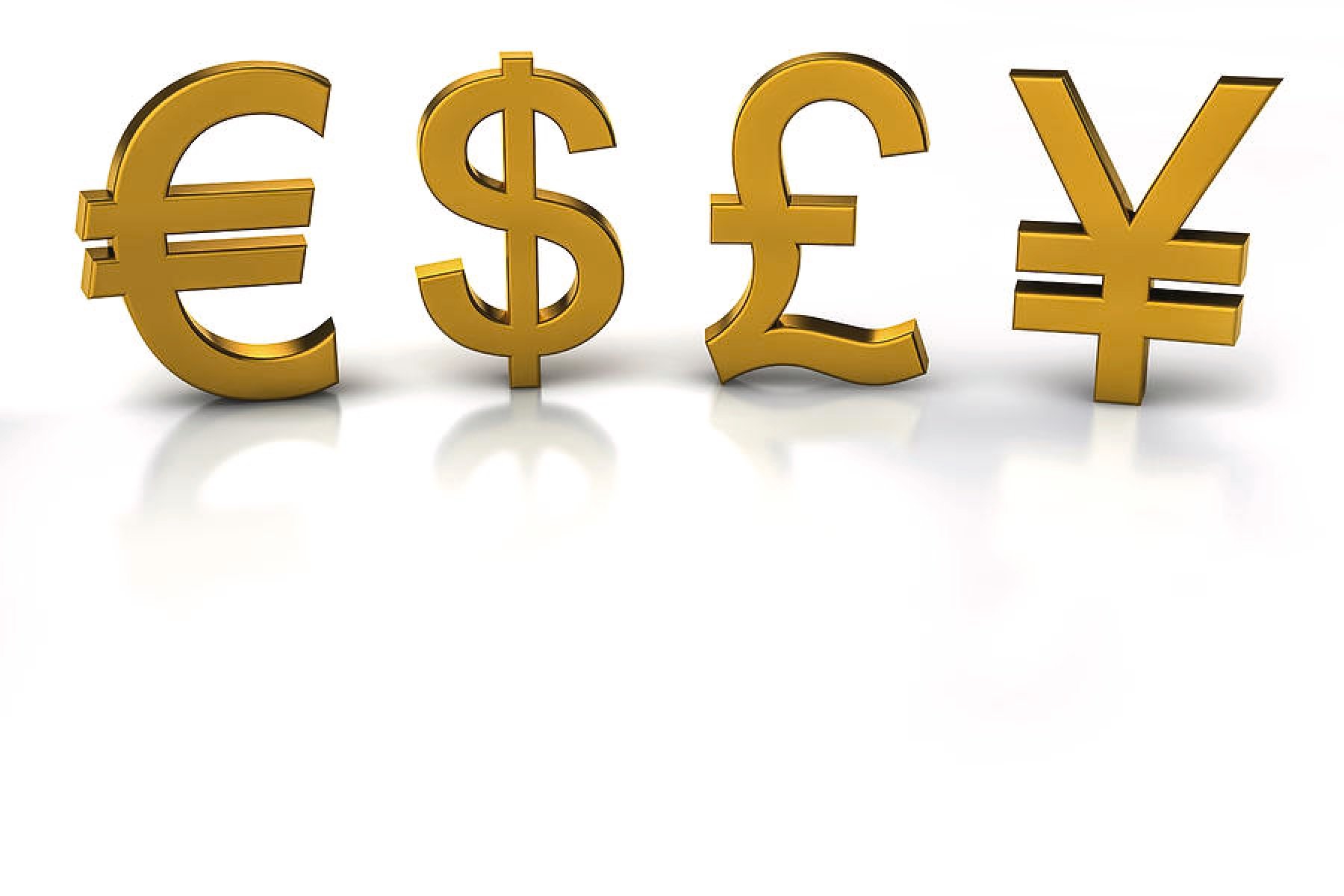Sterling steadied against the dollar on Friday as the greenback weakened following a weak reading of consumer sentiment, but the British currency was still on track for a second week of declines.
As of August 12, the pound is the third best-performing G10 currency, trailing the Canadian dollar and the U.S. dollar.
Recent moves have been attributed largely to shifts in risk sentiment and moves in the dollar, although sterling has outperformed as COVID-19 cases have fallen and high vaccination rates allowed the British government to lift most restrictions.
Thursday’s GDP figures, which came in line with expectations added to signs Britain’s economy is on a path to recovery. But with the data not materially disappointing to the downside or surprising to the upside, investors sold the news.
The recovery in the pound came as the dollar dipped following disappointing figures from the University of Michigan’s survey of consumer sentiment, said David Madden, markets analyst at Equiti Capital in London.
“The lows of today’s session were the lowest level in about 10 days. It’s probably quite lucky for the pound that the US had disappointing numbers.”
According to analysts at Intesa San Paolo, the Federal Reserve looks increasingly set to announce it will start reducing its asset purchase programme (tapering) by year-end, a development that markets see as increasingly likely in the wake of a series of speeches from Fed board members this week.
The tapering of the Fed’s asset purchase programme is a prerequisite to an interest rate rise and markets are now viewing a lift-off for rates taking place in late-2022/early-2023, assessing this to be supportive of the dollar.
This could keep the pound-to-dollar exchange rate’s upside capped, but the pound-to-euro has greater upside potential given the single-currency will possibly be weighed down by the ECB’s reluctance to tighten policy measures.







Click here to change your cookie preferences